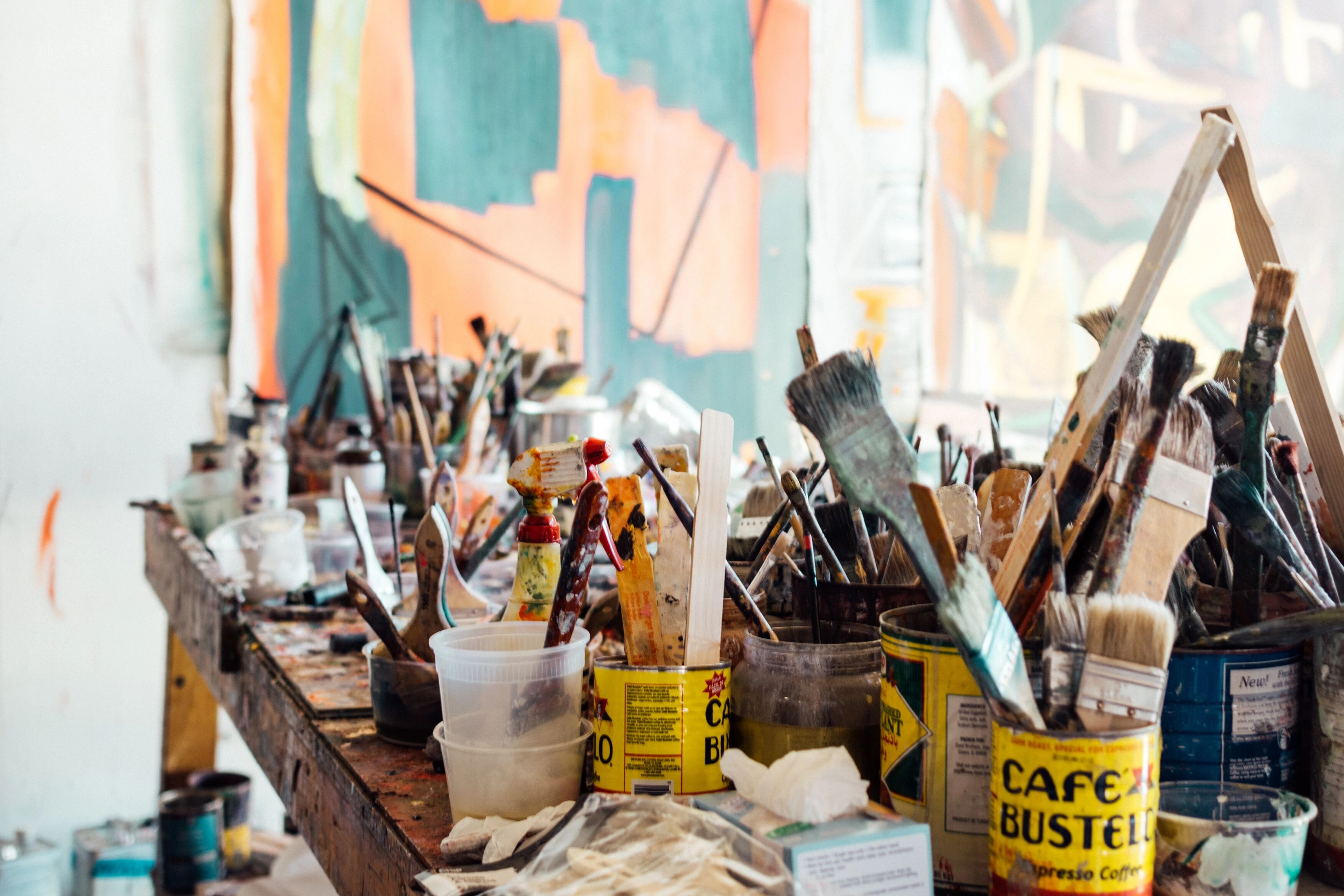
My Green Palette: An Artist's Journey to Eco-Friendly Paints & Sustainable Studios
Join my exploration of eco-friendly art! Discover top non-toxic paint brands, ethical sourcing criteria, and practical tips for a sustainable studio. Create consciously for a healthier planet.
My Green Palette: An Artist's Journey to Eco-Friendly Paints & Sustainable Studios
I’ve always loved the messy, vibrant process of creating art. The smell of paint, the feel of a brush against canvas, the sheer joy of colors coming to life – it's pure magic, isn't it? But lately, a little voice in the back of my head has been getting louder. It whispers about the impact of my beloved materials on the planet. I mean, we artists, we love nature, don't we? We're often inspired by it! So, it felt a bit contradictory to be contributing to its woes with toxic solvents and plastic-laden tubes. It feels like a constant balancing act, wanting to create stunning work while also being a good steward of the Earth. I know what you’re probably thinking: "Eco-friendly paint? Is that even a thing? And is it any good?" Trust me, I had the same questions. So, I decided to dive deep, get my hands (and studio in 's-Hertogenbosch) a little greener, and share my findings with you. It's been quite a journey, one that always brings me back to how much I appreciate the natural world, a sentiment often reflected in the vibrant colors and abstract shapes in my own work. My hope is to guide you through this often-confusing landscape, making it a little easier to align your passion with your planet. You can always see what I'm up to over on my timeline, where I often share insights into my own evolving creative process.
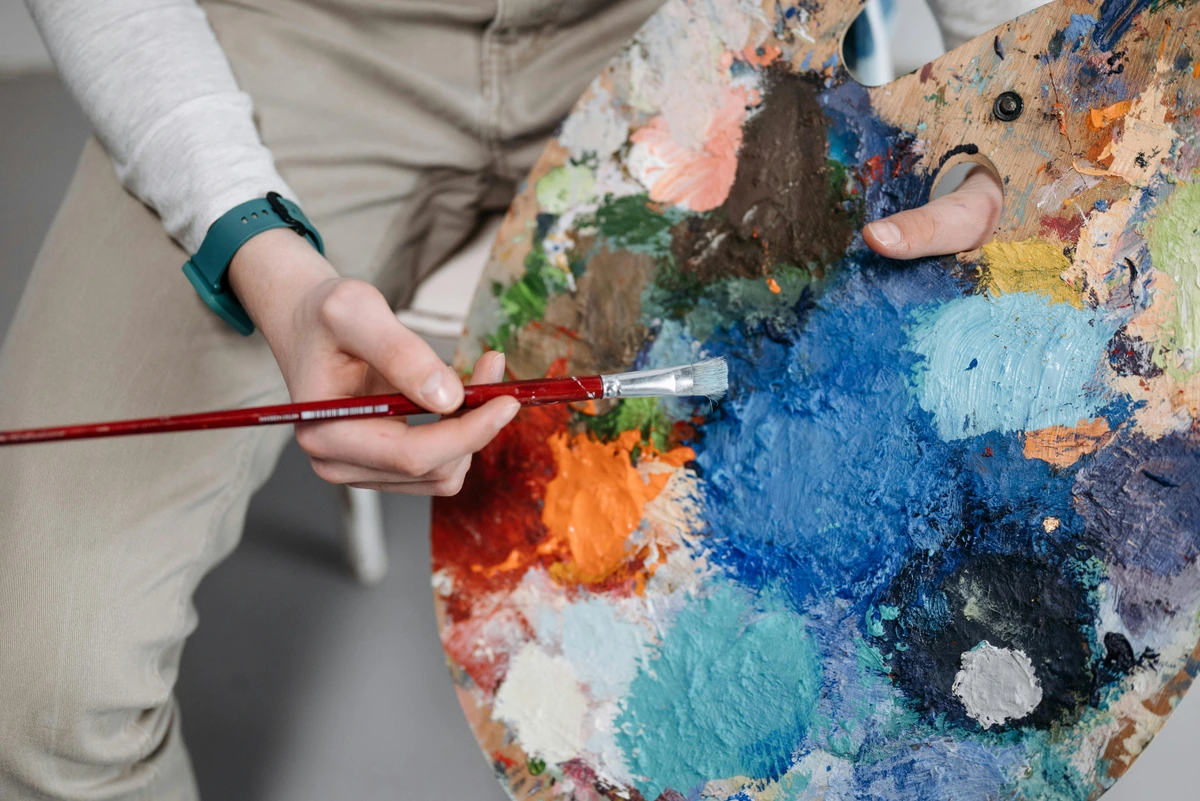
What Makes a Paint "Eco-Friendly"? My Personal Checklist
Before we jump into specific brands, I think it’s crucial to understand what we're actually looking for. It's not always as simple as a "green" label, because, let's be honest, marketing can be a bit slippery. I remember once buying a tube marketed as "natural" only to find it was still full of petroleum-derived binders! For me, "eco-friendly" in paint boils down to a few key areas, and it’s become my personal checklist for navigating the options:
- Non-Toxic Ingredients: This is huge, probably the first thing that comes to mind. Traditional paints can contain heavy metals like cadmium (which gives us those beautiful reds and yellows but is a highly toxic carcinogen that can bioaccumulate in the environment and living organisms, leading to organ damage and neurotoxicity) and lead (a historical pigment now known for severe neurotoxicity and developmental issues). Then there are harmful solvents like turpentine and mineral spirits that release Volatile Organic Compounds (VOCs) into the air. VOCs don't just cause respiratory issues and contribute to smog; they also degrade indoor air quality and play a role in ozone depletion. And let's not forget plastic-derived binders like phthalates and some acrylates, which are microplastic sources that persist in the environment. I'm actively seeking paints with natural pigments, plant-based binders, and low or zero VOCs. It's about protecting both us artists and the waterways when we clean our brushes.
- Sustainable Sourcing: Where do the raw materials come from? This is a bit of a rabbit hole, I know, but every bit helps. Are the pigments ethically mined, perhaps even recycled, or derived from plants and other natural, renewable sources? Verifying ethical mining, especially for global supply chains, can be incredibly challenging. I often find myself asking suppliers about their transparency, third-party certifications, and community engagement. Is the wood in the brush handles FSC-certified (Forest Stewardship Council), meaning it comes from responsibly managed forests? These details truly speak to a brand's commitment.
- Minimal Waste & Recyclable Packaging: Less plastic, more recycled content, and packaging that can actually be recycled after I've squeezed out every last drop. Even better if I can return tubes or pots for refill, though that's still a bit of a dream for most brands. Think about the lifecycle of that tube – from creation to disposal.
- Ethical Manufacturing: This isn't strictly about the paint itself, but it matters to me. Are the companies treating their workers well? Are they minimizing their carbon footprint in production by using renewable energy or efficient processes? Do they have robust waste treatment systems for their factory runoff? These bigger questions really weigh on my mind and influence my purchasing decisions.
- Responsible Disposal Impact: Beyond the manufacturing process, how does the paint behave at the end of its life? Traditional paints, especially those with heavy metals or harsh solvents, become household hazardous waste. Choosing paints that are less harmful to dispose of reduces the burden on landfills and water treatment systems, ultimately lessening long-term environmental contamination.
- Vegan Art Supplies: While not always synonymous with "eco-friendly," many vegan paints avoid animal-derived binders (like ox gall or animal-based glues) and pigments (like traditional bone black or carmine). This often aligns with broader ethical and sustainable practices, as plant-based alternatives tend to have a lower environmental footprint.
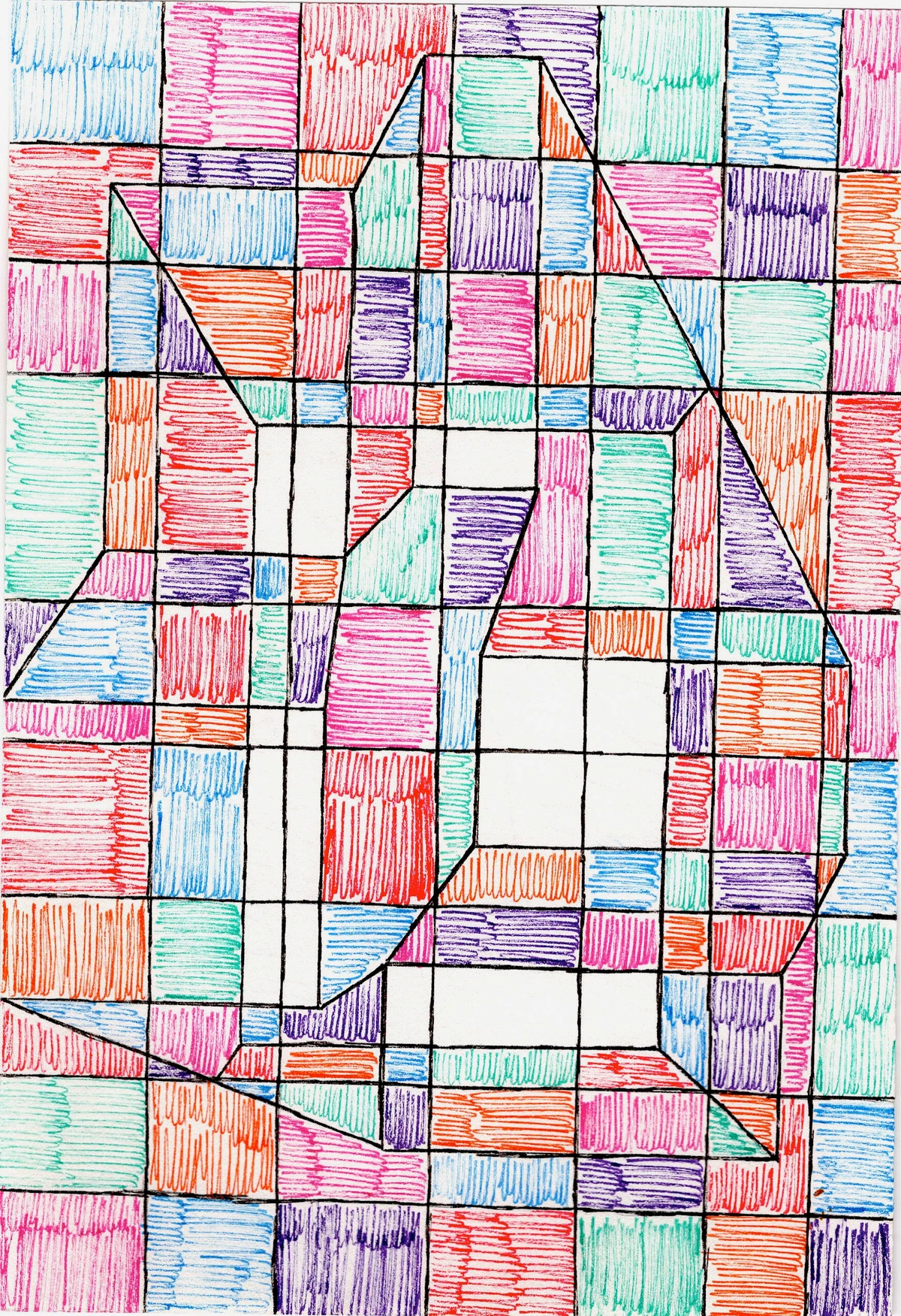
My Top Picks (and Why I Love Them!)
Alright, after much experimenting, a fair bit of research, and a few surprisingly messy studio sessions (because that's just part of the process, right?), I've found some brands that really stand out. Now, I've had to get a little creative with brand names here – think of them as archetypes of eco-conscious paint! – but the principles behind their green credentials are very real and what I look for. You'll also find some more general insights on eco-friendly art materials in another article, if you're curious.
1. TerraTones (Acrylics with a Conscience)
My primary medium is often abstract acrylics, so finding a good eco-friendly acrylic was high on my list. TerraTones (let's call them that for now) uses a water-based binder derived from plant resins, making them virtually VOC-free. Brands like Natural Earth Paint or Aecore embody this, focusing on binders that move away from petroleum-based plastics. The pigments are natural earth and mineral pigments, which means no nasty heavy metals. What I really love is their rich, vibrant color payoff, which honestly surprised me. I was worried eco-friendly might mean dull, but nope! They dry to a beautiful matte finish that really absorbs light. Plus, their tubes are often made from recycled aluminum, which feels like a small victory every time I open one. The core benefit here? Plant-based binders and natural pigments for a cleaner acrylic experience. For a deeper dive into traditional acrylics, you might enjoy my review of best acrylic paint brands.
2. Botanical Hues (Oils from Nature's Garden)
Oil painting has a reputation for being a bit... chemical-heavy. But Botanical Hues is changing that narrative. Brands like M. Graham, Natural Pigments (Rublev Colours), or certain lines from Gamblin use cold-pressed linseed oil (or sometimes walnut oil) as their binder, and all their pigments are derived from plants and minerals, processed without toxic additives. The colors are incredibly rich and luminous, just as you'd expect from high-quality oils. The best part? You don't need harsh solvents for cleanup. A bit of natural soap and water for your brushes, or even just some more plant-based oil, does the trick. It makes cleanup less of a chore and definitely kinder to my hands – and the planet. The core benefit here? Natural oil binders and solvent-free painting and cleanup. This focus on natural cleaning extends beyond paints, and I've even written about cleaning and caring for your paint brushes and cleaning different types of art in other articles.
3. AquaEarth (Watercolors that Sparkle Sustainably)
For those delicate washes and vibrant bursts of color, AquaEarth watercolors have captured my heart. Brands like Daniel Smith, Sennelier (with its honey-based binder), or even many traditional professional-grade watercolors often use pure, finely ground natural pigments suspended in gum arabic, a natural tree resin. No fillers, no questionable additives. The colors are incredibly transparent and blend beautifully, holding their intensity even when diluted. Their pans are often sold as refills, minimizing waste, and their packaging is usually recycled cardboard. The core benefit here? Pure, natural pigments and minimal waste options. Paired with good quality paper (like the kind I discuss in my best watercolor paper review or essential watercolor supplies for beginners), they're a dream to work with.
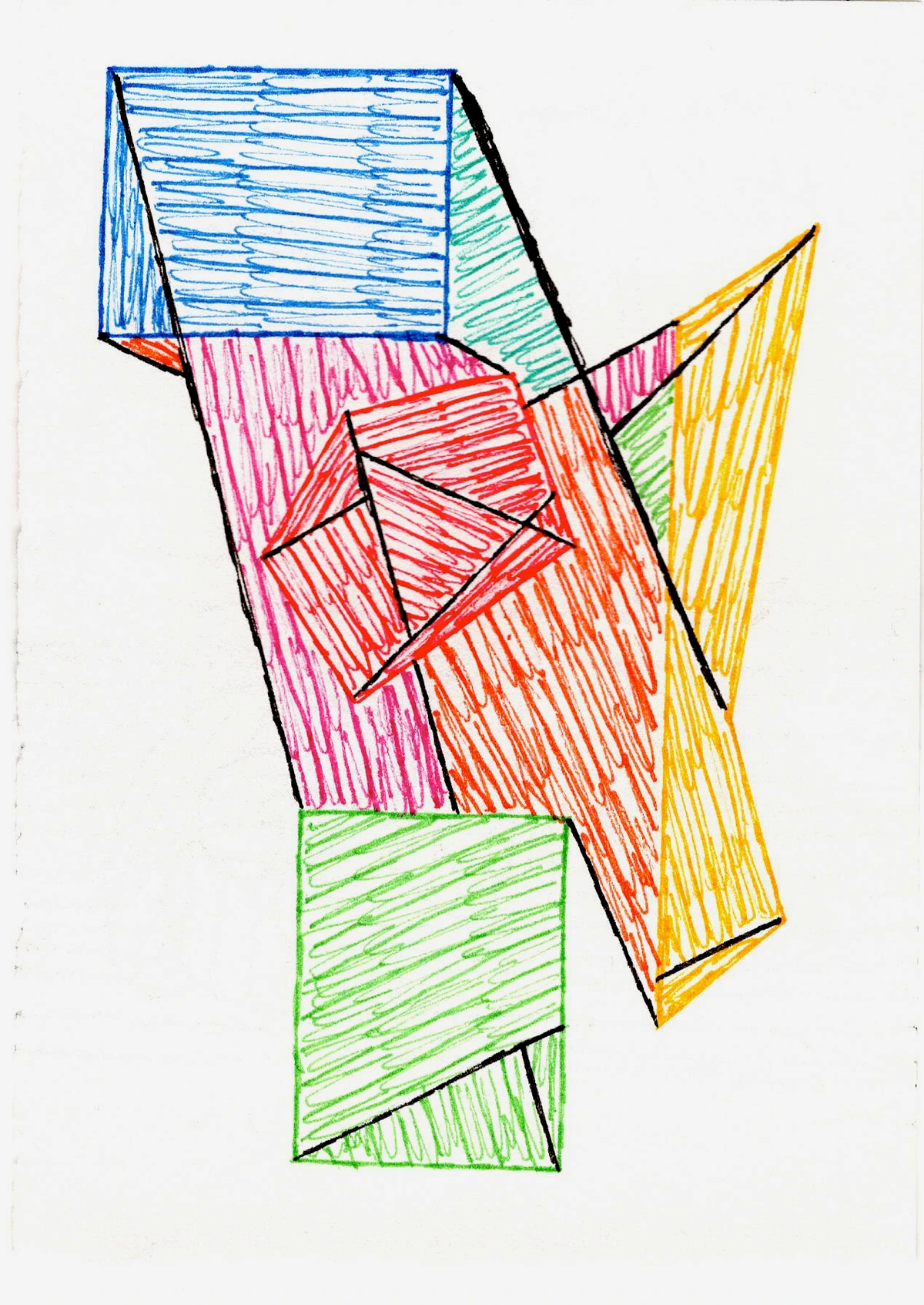
The Green Canvas: Navigating the Nuances of Eco-Friendly Art
Choosing eco-friendly paints isn't just about picking up a tube with a green label; it's about understanding a slightly different world of materials. Honestly, it's a bit like learning to cook with new ingredients – some things will feel familiar, others will surprise you. Here are some of the nuances I've discovered along the way that are worth considering:
- An Adaptation Period: Just like any new material, give yourself grace. There's a learning curve. Don't expect your first painting with eco-friendly paints to be a masterpiece if you're battling new textures or drying times. Experiment, play, and allow yourself to adjust. That's the joy of being an artist, after all!
- Texture and Consistency: Don't be surprised if the texture feels a little different than what you're used to. Some plant-based binders might give a slightly looser or stiffer consistency. Embrace it! Sometimes these differences open up new artistic possibilities.
- Drying Times: Especially with natural oil paints, you might find drying times are a touch longer. This is often due to the absence of chemical driers. It requires a little patience, but it also means more time for blending and working wet-on-wet. Plan your studio sessions accordingly.
- Color Palette Variations: Historically, natural pigments sometimes offered a more subdued palette than their synthetic counterparts. Think of the limited, earthy tones of cave paintings, for example. While modern eco-friendly brands have made huge strides in vibrancy and range, often using mineral pigments like ultramarine that are naturally intense, you might still encounter subtle differences. It's a chance to explore new hues and appreciate the unique beauty of earth-derived colors.
- Initial Investment: Yes, sometimes these specialized paints can come with a higher price tag. This often reflects sustainable sourcing practices, smaller batch production, and ethical manufacturing. Think of it not just as a cost, but as an investment in your health, the planet, and supporting companies that align with your values. It’s a different way of looking at value, I think.
- Spotting Greenwashing: Be wary of vague terms like "natural" or "non-toxic" without specific ingredient lists or third-party certifications (like ACMI AP Label for safety). True eco-friendly brands are usually transparent about their sourcing, manufacturing, and ingredient breakdown. If it sounds too good to be true, it might just be clever marketing.
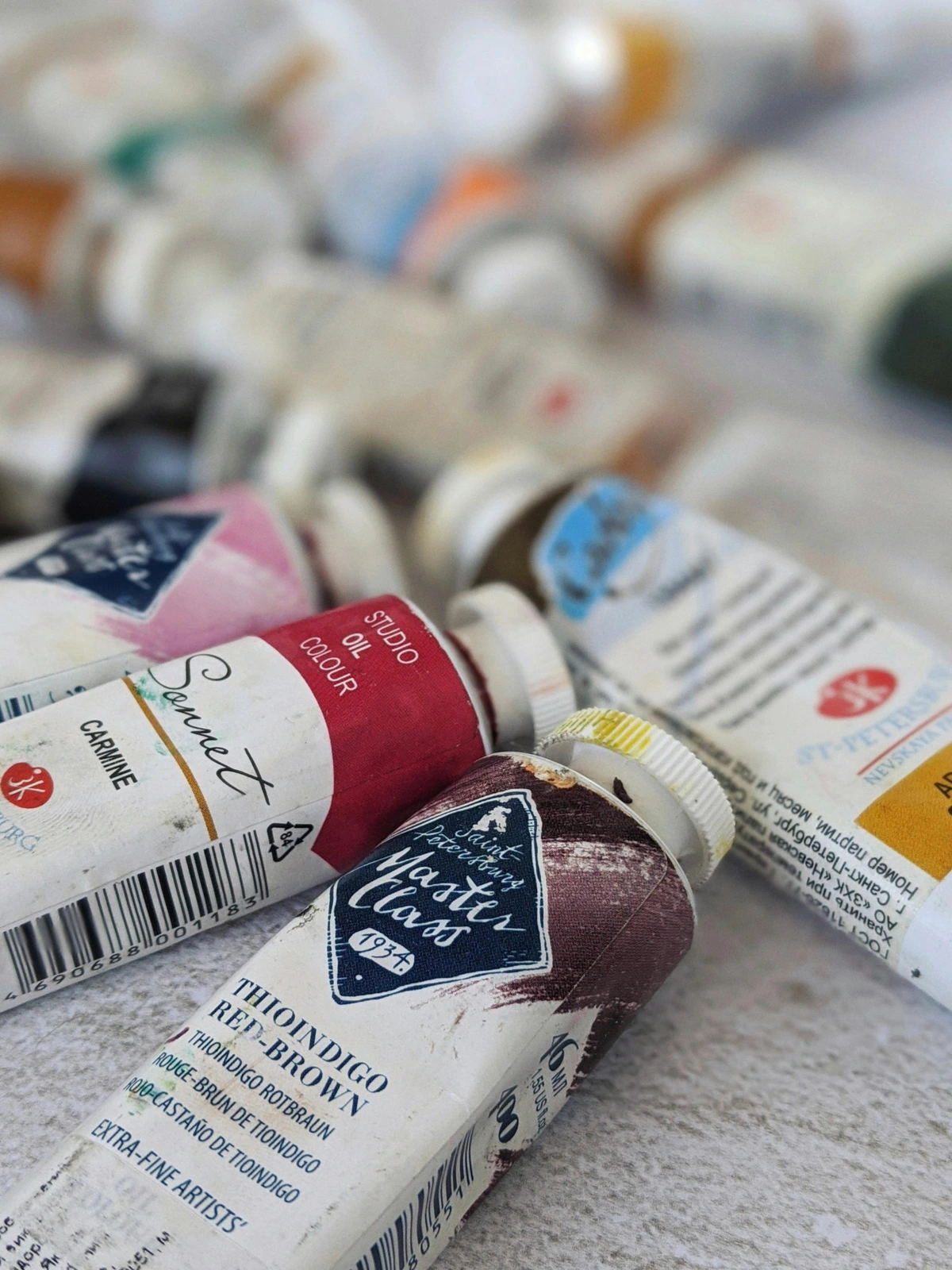
Beyond the Tube: My Sustainable Studio Habits
But is choosing the right paint enough? Choosing eco-friendly paint is a fantastic start, but it's really just one piece of the puzzle. Over the years, I've realized that my entire studio practice can either contribute to the problem or be part of the solution. It's an ongoing process, a continuous learning curve (and sometimes, a forgotten-to-turn-off light!). My journey into sustainable art has been as much about changing my products as it has about transforming my habits.
Here are a few other things I've been doing:
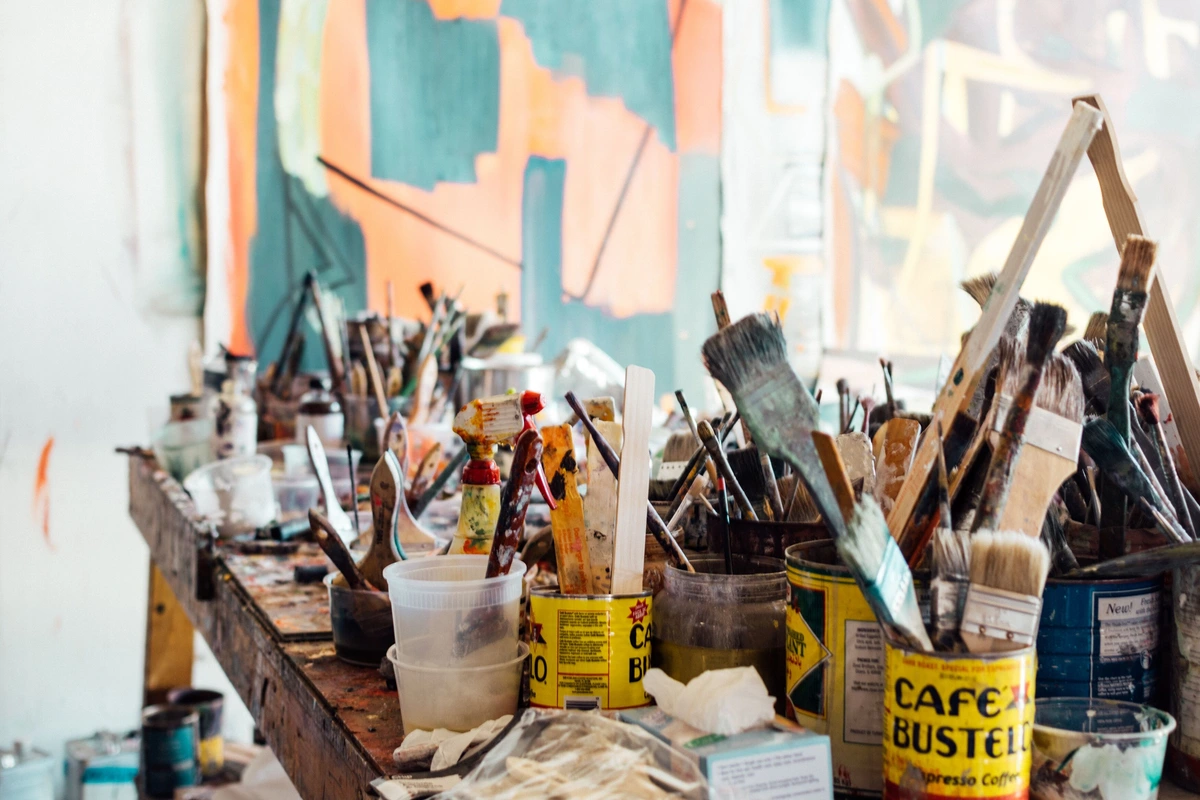
credit, licence
- Palette Power: Instead of disposable palettes, I use glass or old ceramic plates. Easy to clean, endlessly reusable. Less waste in the bin, more money for paint!
- Water Wise: When cleaning brushes, I use multiple water jars to separate heavy pigment water from cleaner rinse water. The really dirty water gets allowed to settle, and then I carefully pour off the clear water, letting the pigment dry out completely in its jar. Once dry, I typically scrape it into a sealed container for solid waste disposal, or I contact my local waste management for advice on hazardous material disposal, especially for certain pigments. Never down the drain!
- Brush Care: Proper cleaning not only extends the life of my brushes (saving money and resources) but also prevents paint from going where it shouldn't. Seriously, my article on cleaning and caring for your paint brushes is a game-changer.
- Material Mindfulness: Before buying anything new, I always ask myself: "Do I truly need this? Can I repurpose something?" It’s a small pause that has saved me from impulse buys and unnecessary waste. This mindfulness extends to other art supplies too; I look for brushes with bamboo handles or recycled bristles, and canvases made from organic cotton or reclaimed materials. It’s about building habits, you know? Like making sure I dedicate time each week to creative exploration, it becomes part of my routine.
Choosing Your Green Palette: A Personal Decision
Navigating the world of eco-friendly art supplies can feel a bit overwhelming, especially when traditional options are so readily available. Here's my advice, distilled from my own trials and errors, to help you make choices that feel right for you:
- Prioritize Your Health: First and foremost, protect yourself. Even if a paint isn't perfectly "green," if it's less toxic for you to work with, that's a huge win. Your well-being is paramount.
- Start Small: Don't feel like you have to overhaul your entire studio overnight. Pick one type of paint, or one aspect of your practice (like brush cleaning), and make a sustainable switch there. Every little bit counts and builds momentum.
- Read Labels (Carefully!): Look for certifications if available, but also read ingredient lists. "Non-toxic" is a good start, but look for specifics on pigments and binders. Research the materials – a quick online search can often tell you a lot about a pigment's environmental impact.
- Experiment: Just like with any new material, give yourself time to adjust. The handling and drying times of eco-friendly paints might be slightly different. Embrace the learning curve! You might even discover new favorite techniques.
- Budget Realities: Yes, sometimes eco-friendly options can be a bit pricier. Consider it an investment in your health and the planet. But also, don't break the bank. Do what you can, within your means. Even small changes, like better brush care, add up over time.
- Support Independent Brands: Smaller, independent art supply companies are often at the forefront of sustainable and ethical innovation. They might not have the marketing reach of larger brands, but their commitment to environmental responsibility can be profound. Seek them out!
Frequently Asked Questions About Eco-Friendly Paints (My Thoughts)
Q: Are eco-friendly paints as vibrant and durable as traditional paints?
A: This was my biggest concern! And honestly, yes, many absolutely are. The brands I've tried (and those I've researched) have invested heavily in natural pigments and binders that deliver excellent color saturation and lightfastness. You might find some slight differences in texture or drying time, but in terms of vibrancy and durability, they often hold their own. It's truly impressive how far they've come.
Q: Do eco-friendly paints have a different shelf-life or require special storage?
A: Eco-friendly paints, especially those with natural binders, may have a shorter shelf-life than their synthetic counterparts, or they might be more sensitive to temperature fluctuations. Always check the manufacturer's recommendations for storage. Keeping them in a cool, dark place and ensuring tubes/pots are tightly sealed is usually good practice, just like with any paint.
Q: Are eco-friendly art supplies more expensive?
A: Sometimes, yes, they can be. This is often due to smaller scale production, sustainable sourcing costs, and specialized manufacturing processes. However, as demand grows, prices are becoming more competitive. Also, consider the long-term savings from not needing harsh solvents and the investment in your health and the planet. It's a different way of looking at value, I think.
Q: Where can I buy these brands?
A: Many specialized art supply stores, both online and brick-and-mortar, are now stocking eco-friendly options. I'd recommend searching online for keywords like "natural artist paints," "sustainable art supplies," or "vegan art paints." Specific retailers to check out include Natural Pigments, Green Art Supply (for dedicated eco-options), or even larger stores like Blick Art Materials that carry specific eco-conscious lines. Independent art stores and online retailers focused on ethical products are great places to start.
Q: What should I do with my old, non-eco-friendly paints?
A: Don't just toss them! Many paints, especially traditional ones, are considered household hazardous waste. Check with your local waste management services for proper disposal instructions; they often have designated collection points. Some art schools or community centers might accept unopened tubes. It's about responsibly decommissioning, rather than just throwing it away.
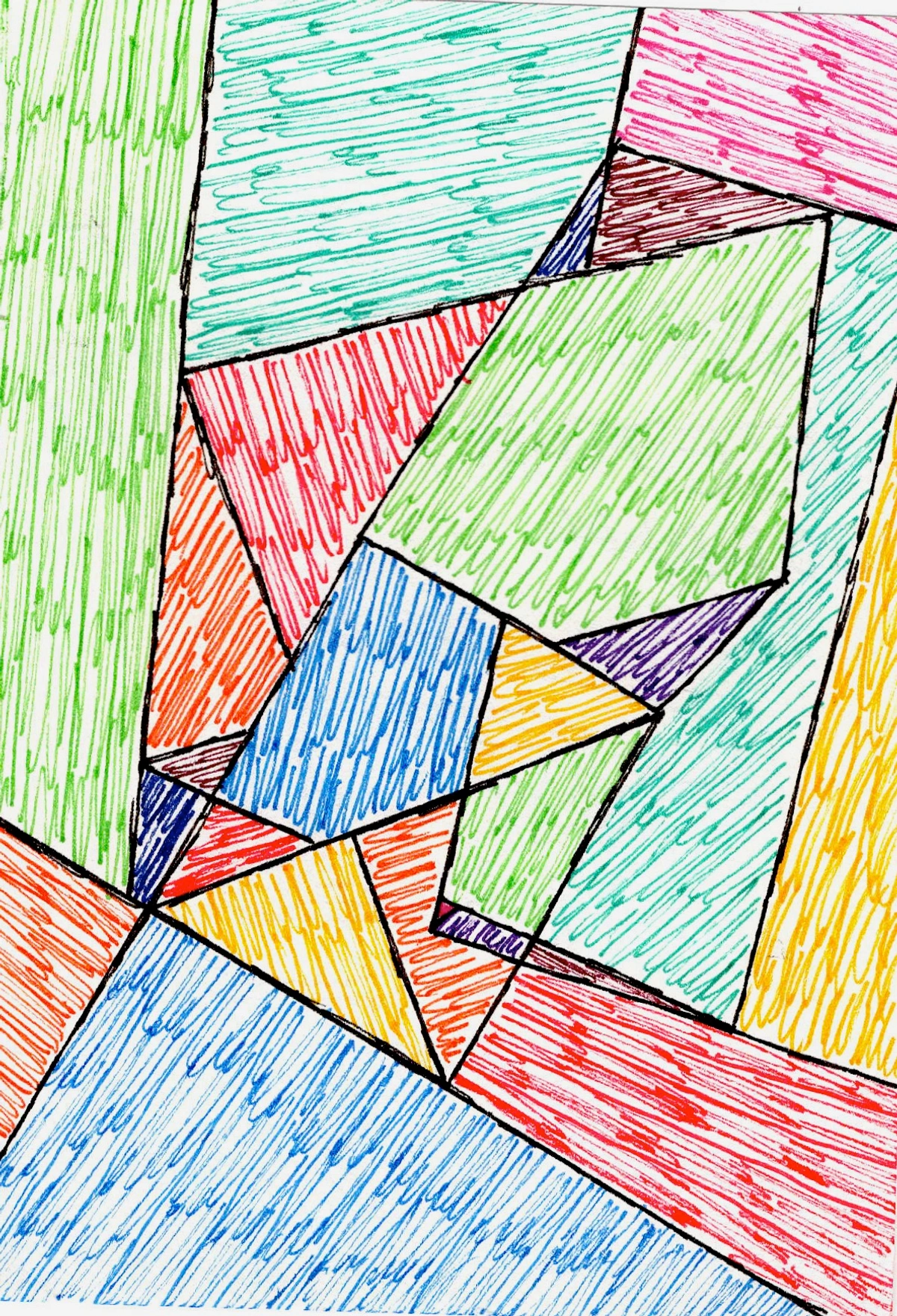
My Final Thoughts: A Journey, Not a Destination
Embracing eco-friendly art practices isn't about perfection; it's about progress. It’s about becoming more mindful of our choices as artists, from the pigments we choose to the way we clean our brushes. I'm still learning, still discovering new brands and techniques, and sometimes, I still fall back on an old habit (we're all human, right?).
But every little step towards a more sustainable studio feels good. It aligns my passion for creating with my desire to protect the beautiful world that inspires so much of my art. And honestly, knowing I'm creating with materials that are kinder to the planet adds an extra layer of joy to every brushstroke. Perhaps you'll find some of that joy in my own art for sale too.
Happy creating, and let's make some beautiful, conscious art!




